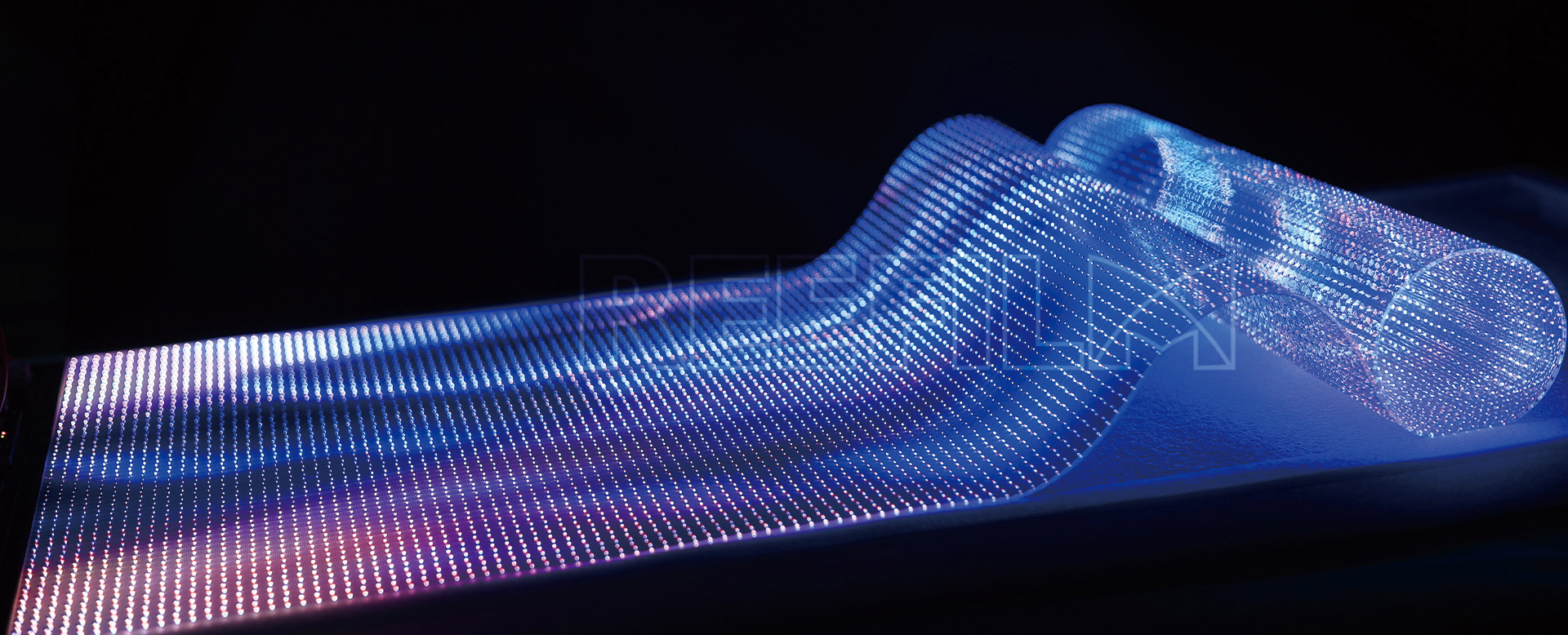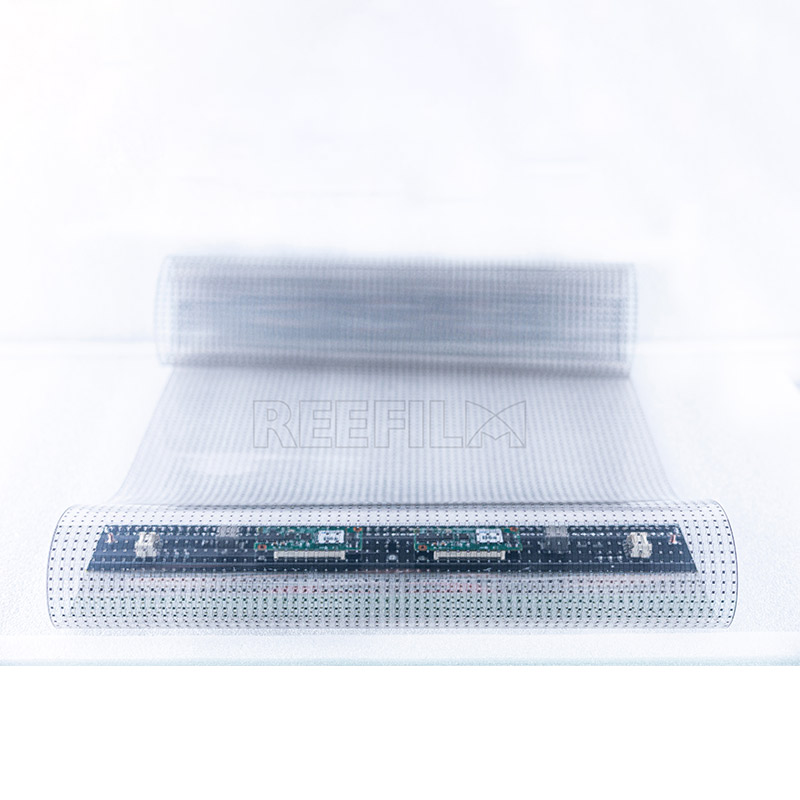
LED screens are display screens made up of many light-emitting diodes (LEDs). An LED is a semiconductor device that can be excited by an electric current to emit light. The LED screen utilizes the characteristics of LEDs to achieve high brightness, high contrast and bright color display. LED screens are widely used in indoor and outdoor venues, such as TVs, billboards, information displays and stage backdrops, to provide clear, vivid and attractive image and video presentations.Indoor Led Screens and outdoor LED screens have several notable differences. Here are some of the main distinctions:
1. Brightness and Contrast:
Outdoor LED screens need to be able to withstand bright sunlight, so they require higher brightness and contrast levels. In contrast, indoor LED screens are typically viewed in controlled lighting environments and therefore don't require the same extreme levels of brightness.
2. Weather Resistance:
Outdoor LED screens must be able to withstand various weather conditions, including rain, extreme temperatures, and UV exposure. They are typically built with weatherproof cabinets and are sealed to protect the internal components. On the other hand, indoor LED screens are not subjected to such extreme weather conditions and therefore may not have the same level of weather resistance.
3. Pixel Pitch:
Pixel pitch refers to the distance between individual pixels on the LED screen. For outdoor LED screens, a larger pixel pitch is usually required to ensure good visibility from a distance. Indoor LED screens, on the other hand, can have a smaller pixel pitch since they are typically viewed from closer distances.
4. Energy Consumption:
Outdoor LED screens generally require higher energy consumption due to their higher brightness levels and larger size. Indoor LED screens typically have lower energy consumption due to their lower brightness requirements and smaller sizes.
5. Installation and Maintenance:
Outdoor LED screens often require specialized installation and maintenance techniques due to their larger sizes and the need for weatherproofing. Indoor LED screens are usually easier to install and maintain since they are not exposed to the same environmental factors.

Overall, the main differences between indoor and outdoor LED screens lie in their brightness requirements, weather resistance, pixel pitch, energy consumption, and installation/maintenance procedures. Understanding these distinctions is crucial for choosing the right type of LED screen for a specific application.